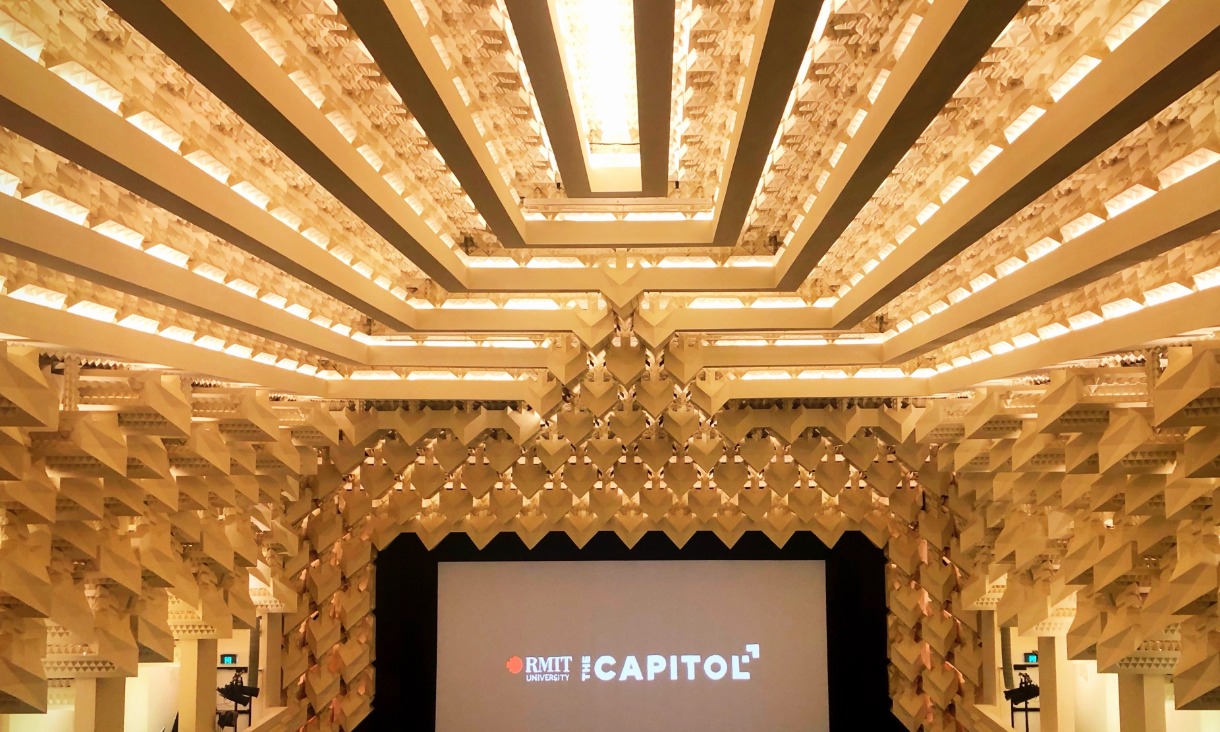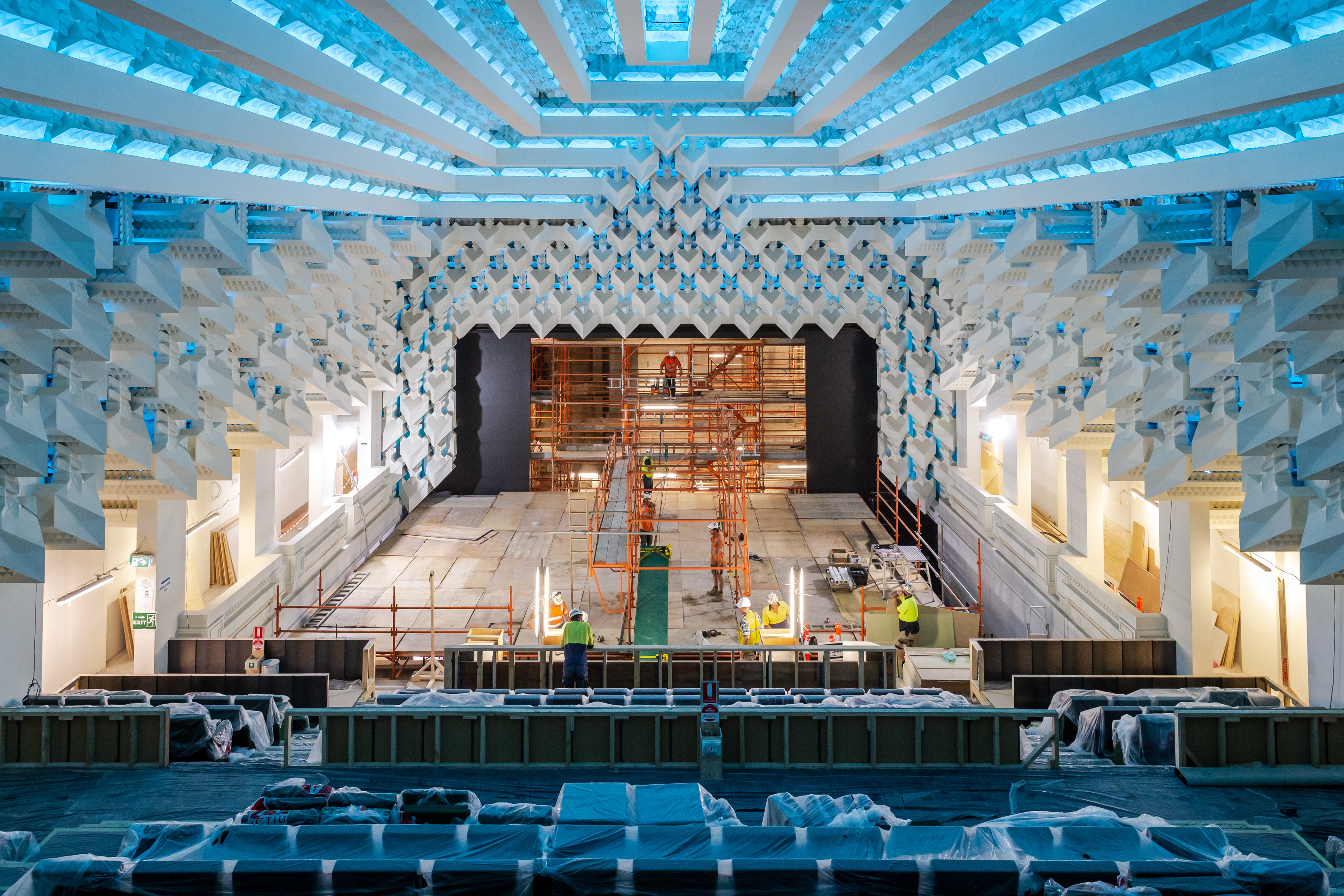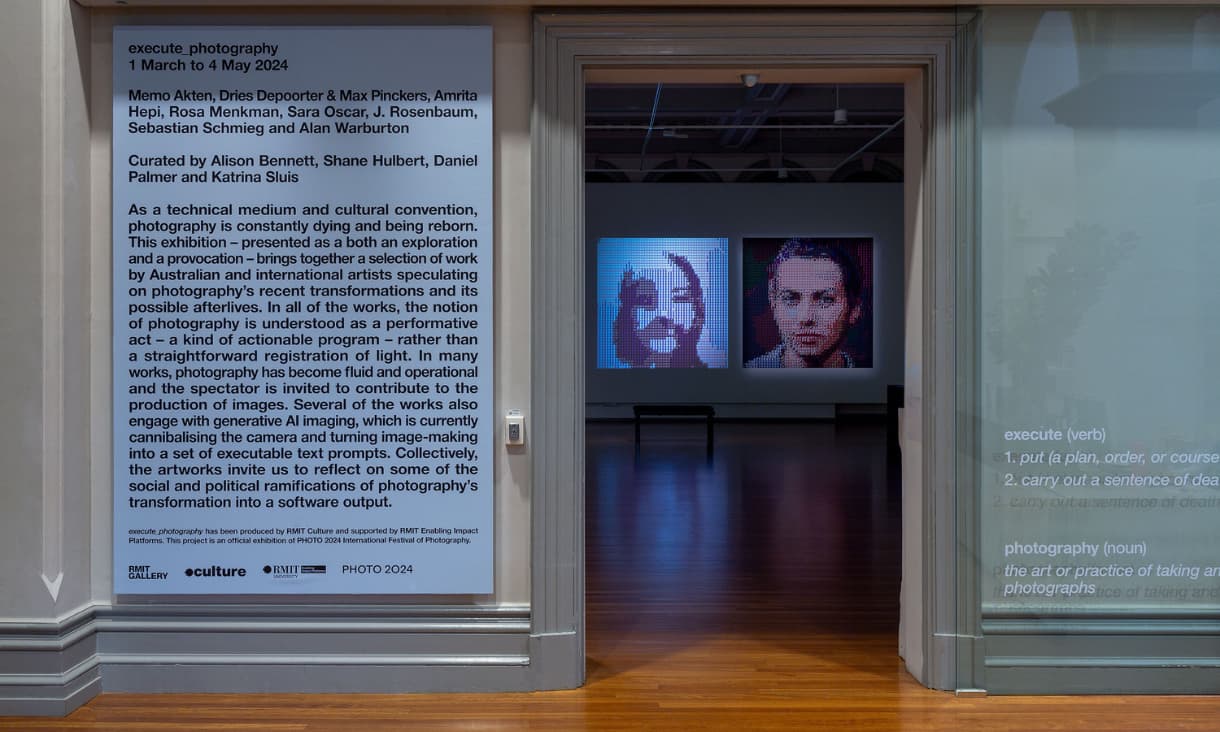Australian media need generative AI policies to help navigate misinformation and disinformation
New research into generative AI images shows only over a third of media organisations surveyed at the time of research have an image-specific AI policy in place.
Key design and creative subjects ranked #1 in Australia, top 20 in the world
RMIT has secured its position as the nation’s leading institution for design and creative fields, with Architecture / Built Environment and Art & Design both ranked #1 in Australia and in the top 20 globally in the latest QS World University Rankings by Subject.
RMIT graduates celebrated at the 2023 Victorian Premier’s Design Awards
A toolkit to help fashion businesses build better strategies for a sustainable future and a prosthetic leg for amputee motorcyclists designed by RMIT graduates were praised at the 2023 Victorian Premier’s Design Awards.
New exhibition explores AI’s influence on the future of photography
A new exhibition at RMIT Gallery explores photography’s transformation into a software output, featuring an interactive AI-image-generator.





